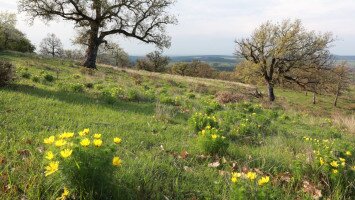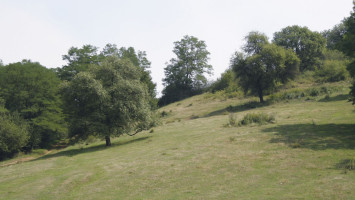
Mucsényi-barlang (SK)


- Értékek
- Mucsényi-barlang (SK)
Látogatható geosite.
Története, értéke
Mucsényi-barlang: a Cseres-hegység ez idáig egyetlen ismert barlangja, amely elszenesedett fa törzsének kimállásával keletkezett. A hegység nyugati részében, a Mucsényi-patak felső folyásának jobb partján 280 m t. f. magasságban található, a Mucsény melletti Babos-hegytől (341 m) északnyugatra. A 2005-ben átkutatott barlangot egyetlen, 12 m hosszú, 2,5 m széles és 1,5 m magas vízszintes járat képezi. Egy hatalmas, valószínűleg tűlevelű fa törzsének kimálásával keletkezett, amelyet az alsó miocénben, 19 millió évvel ezelőtt vastag vulkáni hamuréteg fedett be (a jelenlegi riodácit tufa). A fatörzs elszenesedett, majd a pleisztocénben kimállott, amikor a Mucsényi-patak bevágódása lehetővé tette a levegővel való érintkezését. Később a barlangi járat mechanikus, főleg fagy általi aprózódással is tágult. A lehulló riodácit tufarétegek azonban kopírozták a fa törzsét, ezért maradt meg a barlang félköríves keresztmetszete. Falaiban ma is található több elszenesedett fa maradványa, a járat végében pedig levéllenyomatok is felfedezhetők, amelyeket Viliam Sitár Celastrus acheronti, Leguminosites sp. és Eugenia sp. fajokként határozott meg. Az alsó miocénban uralkodó szubtrópusi éghajlatra utalnak. A barlang egy Mucsényből kiinduló ösvényen megközelíthető bemutatóhelyként van kiépítve.
Kapcsolódó














